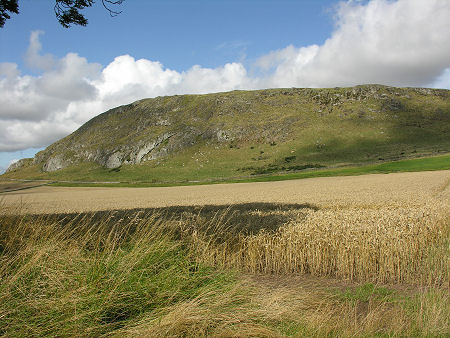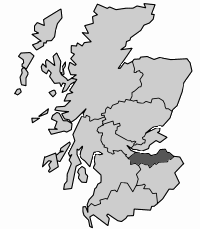 Traprain Law |
Lothian was one of the 12 regions into which Scotland was divided from 1975 to 1996. During that period the Lothian Regional Council provided a range of local government services across a large part of east central Scotland south of the River Forth and north of the Scottish Borders.
Lothian (or "the Lothians") was also a traditional name for this part of Scotland which had its origins in the dark age Kingdom of Lothian. This in turn took its name from King Loth of the Gododdin who ruled from his capital on Traprain Law in the early 500s.
Lothian was formed in 1975 by amalgamating the traditional Scottish counties of West Lothian, Midlothian and East Lothian: until 1921 these had been called, respectively, Linlithgowshire, County of Edinburgh and Haddingtonshire. Lothian was bordered to the south by Scottish Borders and to the west by the regions of Strathclyde and Central. North across the Firth of Forth was the region of Fife.
As a region, Lothian was the upper of two tiers of local government. The lower tier comprised four district councils: West Lothian, City of Edinburgh, Midlothian and East Lothian. Two of the districts, West Lothian and East Lothian had minor changes made to their boundaries during the process. The traditional county of Midlothian underwent more major surgery, being divided between the new district of City of Edinburgh and Midlothian District. Meanwhile, its southern end, around Stow, was taken into the Ettrick & Lauderdale District of Scottish Borders, and it also lost Musselburgh to East Lothian.
In 1996, a further major reorganisation swept away Scotland's regions and replaced them with 32 unitary councils. Lothian's four district council areas were all translated into unitary council areas and the area has since been covered by the unitary councils of West Lothian, City of Edinburgh, Midlothian and East Lothian.
Although Lothian disappeared in 1996 as a local government unit, its name and coverage live on in bodies such as NHS Lothian.

